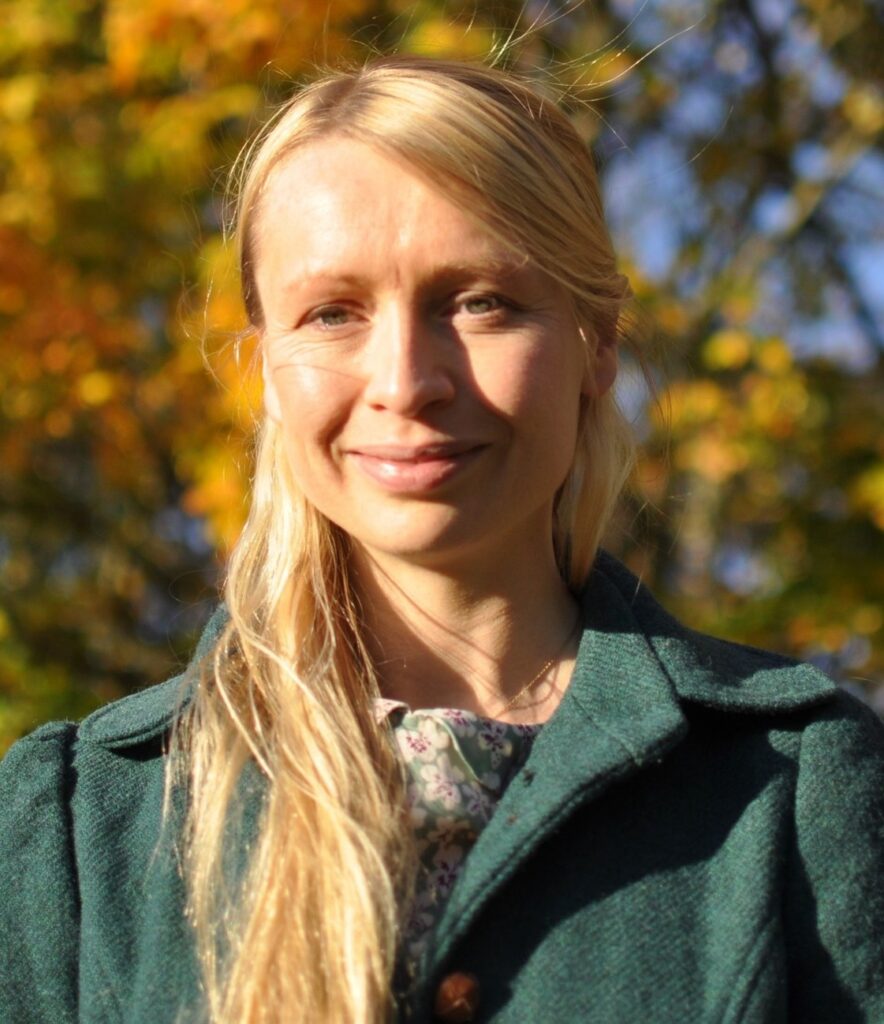Dr Bryony Coombs is Renaissance Teaching Fellow at The University of Edinburgh lecturing on the art of the northern Renaissance. Her first monograph entitled, Visual Arts and the Auld Alliance: Scotland, France and National Identity c.1420-1550 was published by Edinburgh University Press in September 2024 and has been longlisted for the Berger Prize. She has recently signed a contract for her second monograph Scotland on Parchment: Illuminated Manuscripts in Late-Medieval Scotland which will be published by Edinburgh University Press in their new Visual and Material Cultures of Scotland Series. Bryony was elected as a Fellow of the Royal Historical Society (FRHistS) in May 2024. She is a contributing member to the Trinity Research Group and the Adornes Research Network, and she has recently contributed two chapters on ‘illumination’ and ‘imported manuscripts,’ to the Edinburgh History of the Book in Scotland (EUP, 2025).

‘Engraved on Man’s Skin’: The Auld Alliance, Much More than a Military Alliance
Thu 23 Oct at 3pm‘For this bond was not written on parchment but engraved on the living flesh of man’s skin, not in ink but with their mixed blood.’
When the French poet and diplomat, Alain Chartier, arrived in Scotland in 1428, he described the alliance between these two countries in highly evocative terms – as a living document – equating human skin with parchment and blood with ink. This idea draws parallels to contemporary devotional literature, where Christ’s body becomes, metaphorically, a treatise at the moment of his Crucifixion; his skin transformed into parchment, whips become pens, and the flow of blood is ink. Chartier’s use of this powerful visual metaphor, in relation to collective bodies of people – the Scots and the French – is striking and illustrative of the important cultural significance of this alliance. The alliance between Scotland and France in the fifteenth century was much more than a military agreement: it had profound cultural implications.
Moving beyond the well discussed figure of Mary Queen of Scots, in this talk I will examine a series of important, but less well-studied, figures who shaped the Auld Alliance during the fifteenth and early sixteenth centuries. The actions of these individuals as patrons of art, architecture and literature show the alliance to have been of profound cultural significance. Scots, often in a military capacity, travelled to France in large numbers during this period. They commissioned important buildings and works of art, but they were also instrumental in a broader movement of ideas. Playing significant roles in the French incursions into Italy, they often returned with aesthetic ideas influenced by what they saw and experienced there. This talk looks at the material legacy of the Auld Alliance, its cultural implications, and asks whether recovering such material has ramifications for how we understand this special relationship today.
